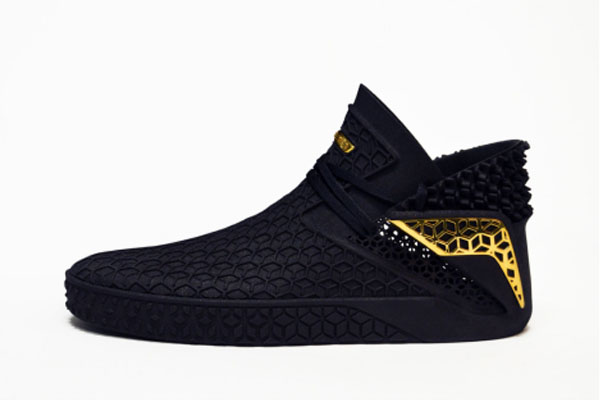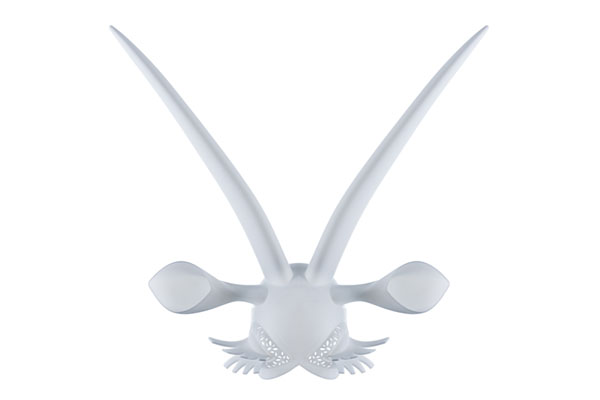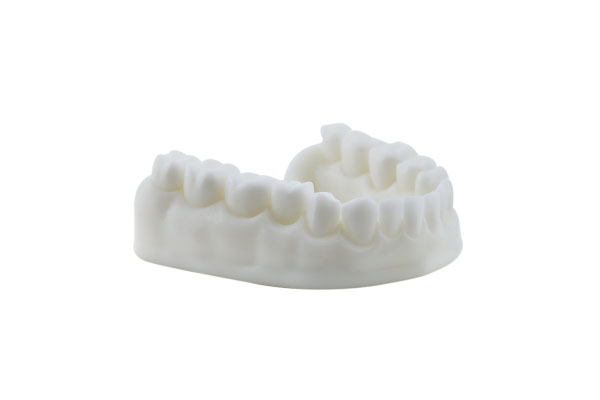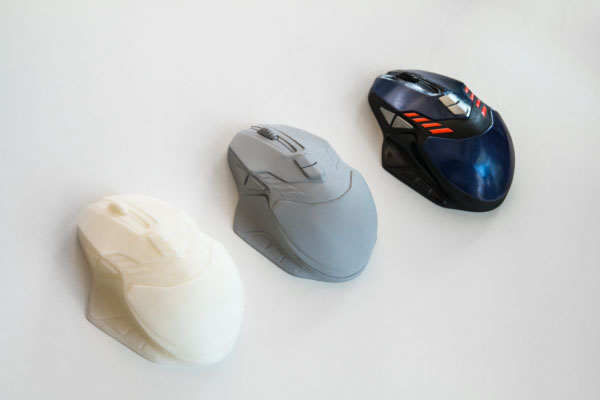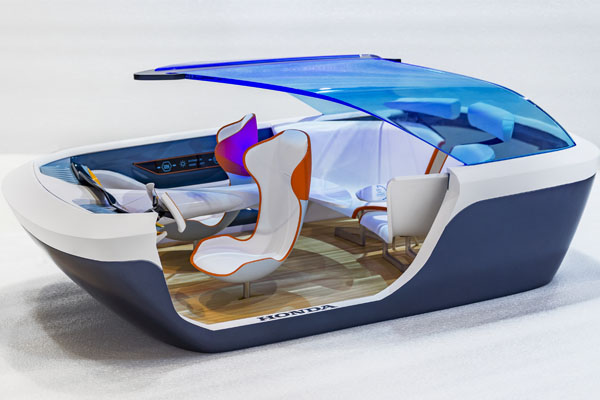To expand your news reach, consider advertising with our media partner, Patch Media, at https://heypapipromotionsmedia.town.news/. Patch is a nationwide news network comprising over 1,000 hyperlocal websites dedicated to community news across the United States. For press release distribution services, please call or visit https://heypapipromotions.com/advertise.
Ceramic silicone rubber is more popular in electrical machinery and equipment manufacturing than other products containing silica gel. Ceramic silicone rubber mainly includes silicone rubber matrix, ceramic filler, flux, reinforcing agent, vulcanizing agent, and other additives. Because many electrical machinery and equipment manufacturing industries will encounter the problems of acid and alkali resistance and aging resistance in the production of wire and cable, resulting in short service life and unsatisfactory quality of products. Next, Tianyongcheng Polymer Material (Changzhou) Co., Ltd. will share this ceramic silicone rubber with you.

What is ceramic silicone rubber?
Ceramic silicone rubber is a new kind of composite silicone rubber material that can be magnetized at high temperatures. It can keep all the properties of the silicone rubber at room temperature. It can be transformed into inorganic ceramic material at high temperatures. This kind of ceramic material has the advantages of ceramic insulation, heat insulation, fire insulation, water insulation, earthquake resistance, and thermal weightlessness. Point. In the case of fire, "ceramic" hard shell can play a very good role in flame retardant, fire-resistant, fire-proof, fire insulation, it is suitable for molding, extrusion, calendering and other forming processes.
Product characteristics of ceramic silicone rubber
1. Fire and Fire Resistance
2. Anti-aging
3. Excellent High-Temperature Resistance Electrical Performance
4. No heavy metals.
5. Non-toxic and harmless, safe smoke toxicity
6. Environmental standards: RoHS
In what fields can ceramic silicone rubber be applied?
1.Foaming Fire-proof and Thermal Insulation Material
2. Fire Insulation Layer of Rocket Launch Platform
3. Automobile Wire
4. Fire Protection of Cables in Iron and Steel, Metallurgical, Metro and Other Places

